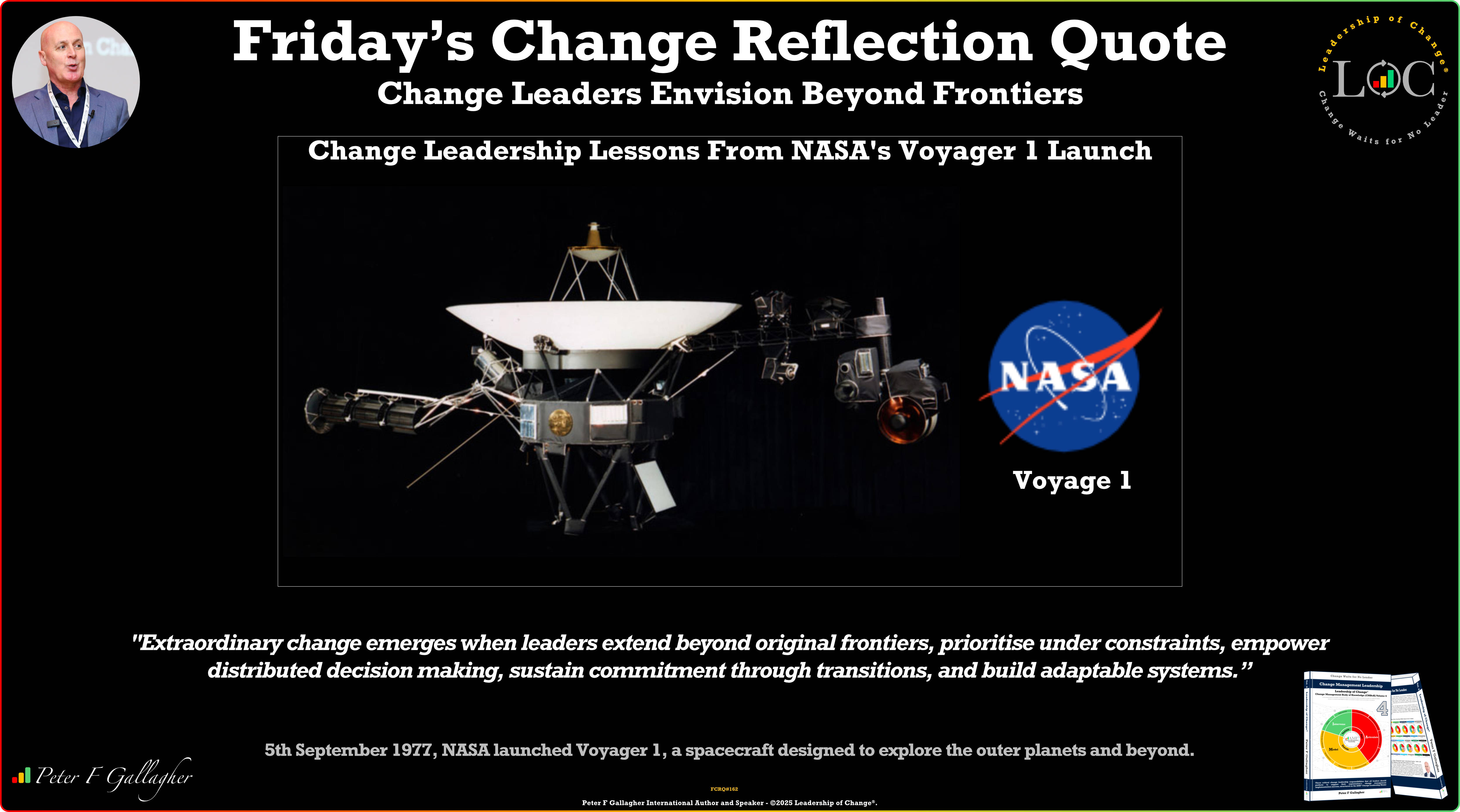Jun01

During a recent product launch meeting at a high-profile SaaS company, the senior leadership team (attempted) to motivate their team using the all too familiar “kill the competition” rallying cry.
“We’re going to obliterate them!”
“We’re going to make those guys worry about their mortgages.”
The team was pumped. Mouths frothed. Fists were raised. They were poised to attack.
Yet, in the ensuing months, the team failed to meet their goals. They didn’t win much new business at all, in fact, they faced some major customer churn.
Focusing on beating the competition (rather than winning customers) is a common strategic error that often goes unnoticed in the heat of the moment. Yet over time, this mistake stymies growth, stifles innovation, and ultimately, erodes the success that leaders are trying to create.
An organization must stand for something; it can’t just be against someone else. When leaders focus on killing the competition, instead of adding value to customers, some challenging consequences emerge:
This troubling ‘kill the competition’ narrative emerges in the micro, with individual salespeople and small teams. It also happens in the macro, with the entire organization shifting its focus away from customers and obsessing over internal metrics and market share.
In an uncertain economy, competition can become fierce. With quickly developing technology, the race picks up speed. The organizations that “win” will be the ones that rise above the head-to-head, recognizing the ultimate end game is customer impact.
Keywords: HR, Leadership, Sales
 Enterprise AI Failure or Not?
Enterprise AI Failure or Not? The Corix Partners Friday Reading List - September 5, 2025
The Corix Partners Friday Reading List - September 5, 2025 Friday’s Change Reflection Quote - Leadership of Change - Change Leaders Envision Beyond Frontiers
Friday’s Change Reflection Quote - Leadership of Change - Change Leaders Envision Beyond Frontiers The Rise of AI in Performance Reviews: Who’s Leading the Way?
The Rise of AI in Performance Reviews: Who’s Leading the Way? The Silence Tax: The Hidden Cost of Playing It Safe at Work
The Silence Tax: The Hidden Cost of Playing It Safe at Work